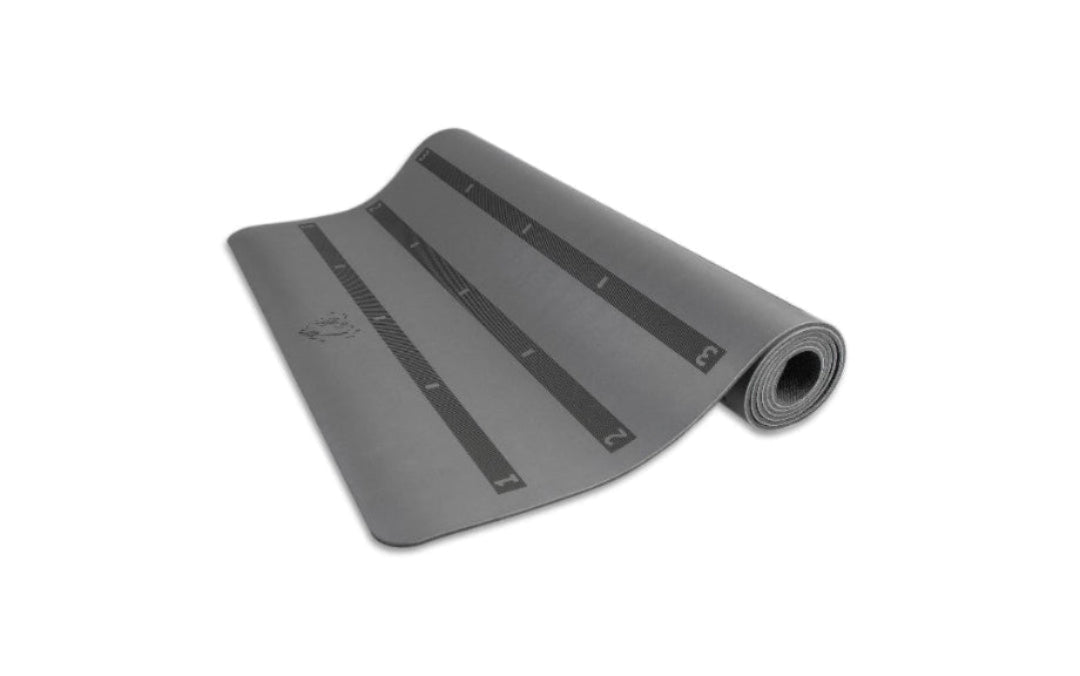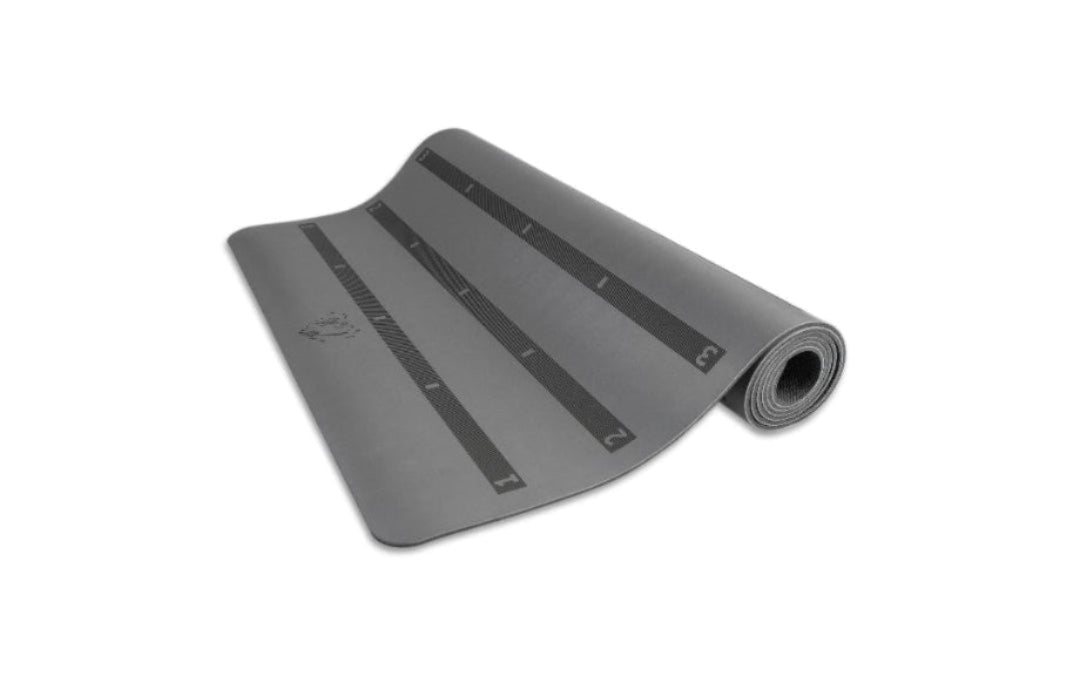When you think about building muscle, you might imagine heavy barbells, dumbbells, or weight machines. But there’s a powerful, underrated method that doesn’t rely on traditional weights—suspended exercises. Suspended exercises use tools like suspension trainers or resistance bands. Your body becomes the weight, and gravity does the rest. The twist? Instability. That’s what makes these movements incredibly effective at building muscle.
1. How Instability Works Your Muscles Harder
Unlike fixed-weight exercises, suspended training challenges your balance and control. Your muscles must stabilize your joints and entire body throughout each rep. This constant adjustment recruits more muscle fibers, especially in your core, chest, back, and legs.

Even basic moves like push-ups or rows become significantly harder when done on a suspension system. Why? Because your stabilizing muscles, often neglected in traditional lifts, are firing nonstop to keep you steady.
2. Total-Body Muscle Activation
Suspension exercises are naturally compound movements—they engage multiple muscle groups simultaneously. A suspended lunge, for example, works your glutes, quads, hamstrings, core, and calves all at once. This total-body tension results in greater muscle breakdown and, with proper recovery, greater muscle growth.
Unlike machines that isolate muscles, suspended exercises mimic real-life movements. They build functional strength and coordination, making your muscles not just bigger but more efficient and resilient.
3. Progressive Overload Without Heavy Weights

One myth about suspended training is that it’s not intense enough to build serious muscle. But progression doesn’t always require heavier weights. You can increase the difficulty by:
- Adjusting your body angle
- Slowing down reps (tempo training)
- Adding pauses or isometric holds
- Using one limb at a time (unilateral training)
These variables create enough challenge to continue building muscle long after you’ve mastered the basics.
4. Increased Core Engagement
Suspended exercises demand constant core activation. Whether you’re doing push-ups, planks, or rows, your abs and lower back are fully engaged to prevent you from swinging or collapsing. This constant tension not only builds a strong core—it enhances every other lift you do in the gym.
5. Joint-Friendly and Versatile
Suspension training is low-impact and joint-friendly, reducing injury risk while delivering results. It’s also portable—you can attach a TRX to a door, a tree, or a squat rack and get a full workout anywhere.
Suspended exercises are more than a fitness trend—they’re a muscle-building powerhouse. By leveraging instability and your own body weight, you can build functional, and well-rounded strength. Whether you’re looking to switch things up or enhance your current routine, adding suspended training to the mix will challenge your body in new, highly effective ways.




